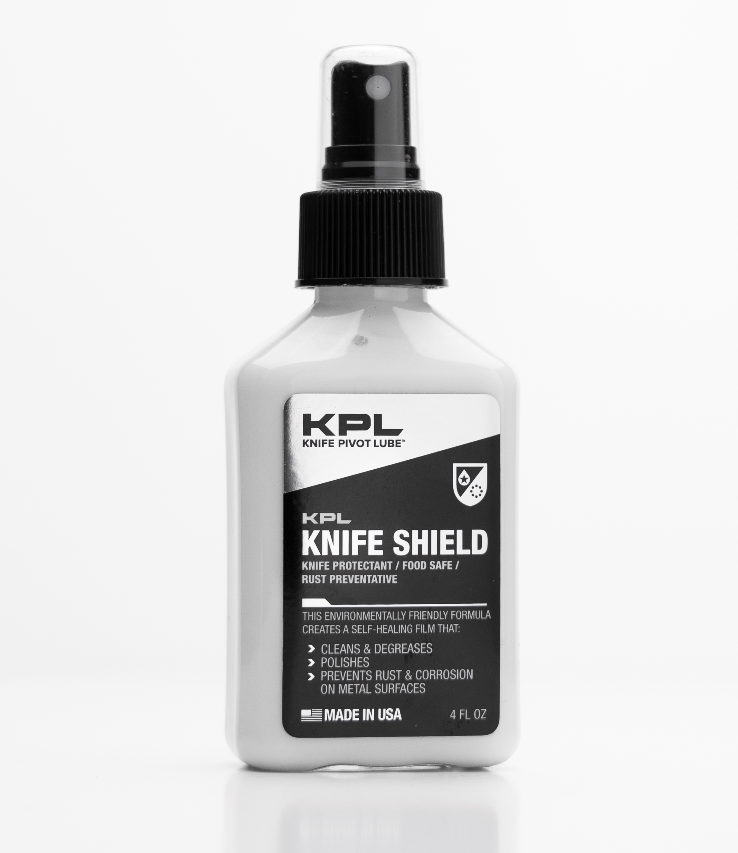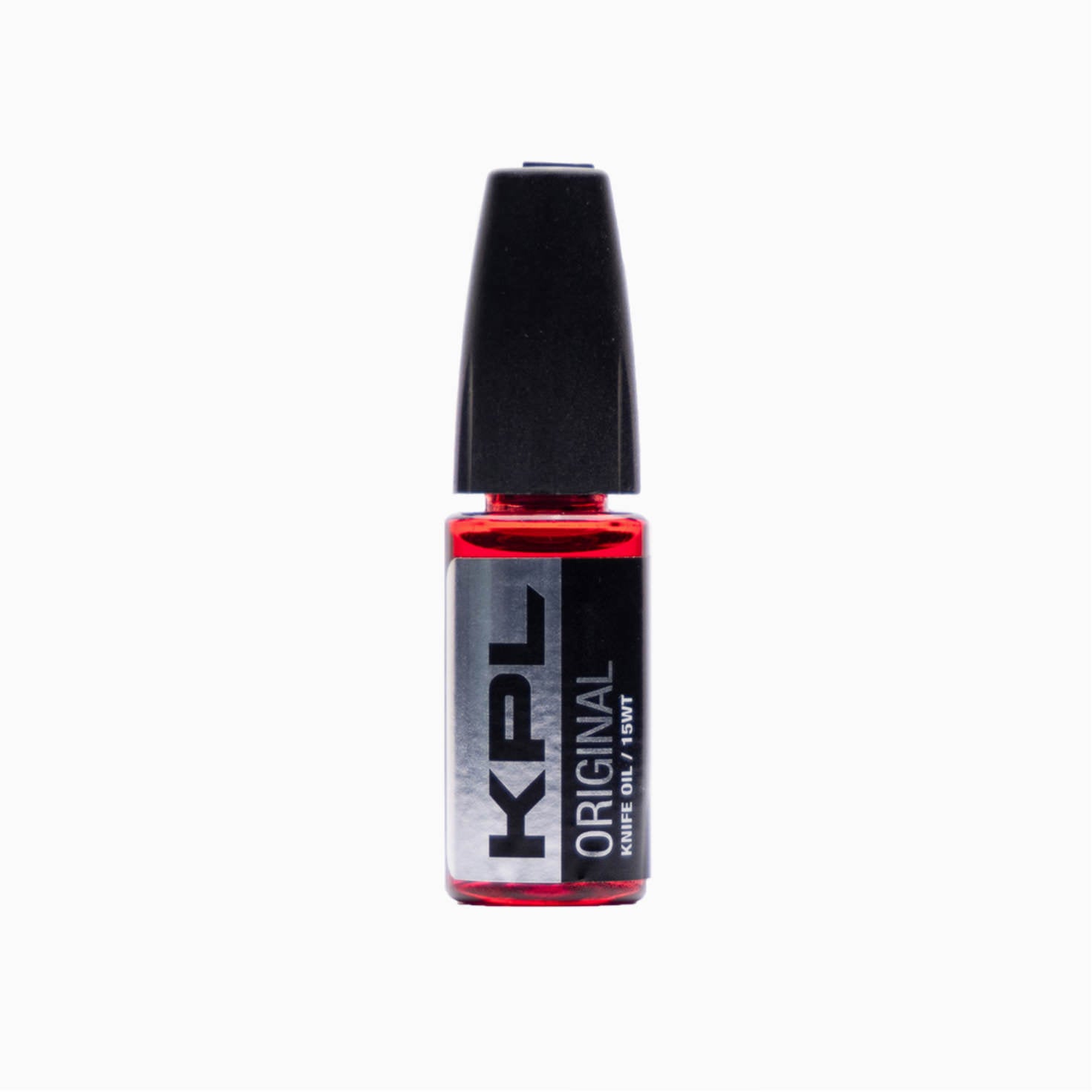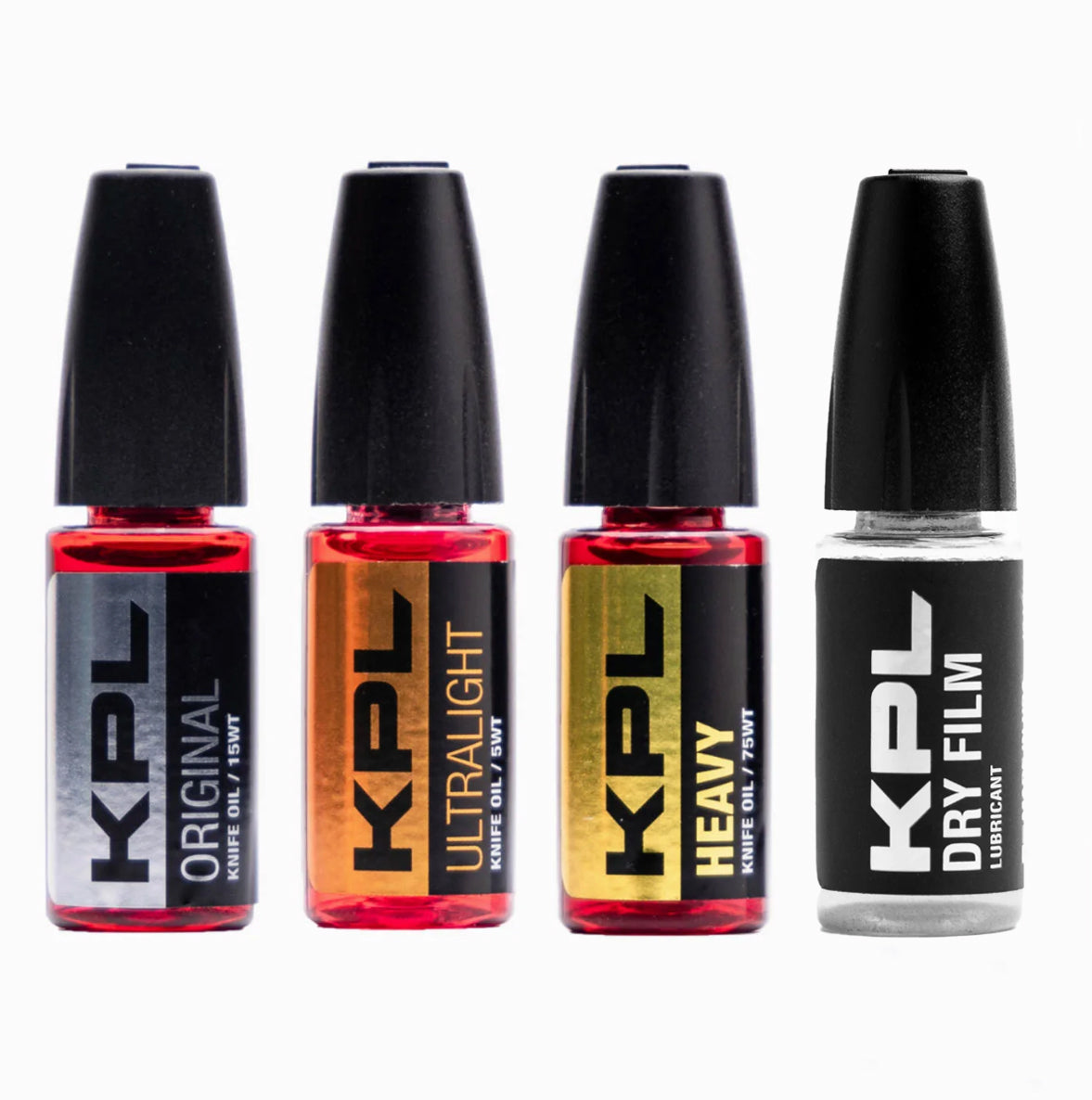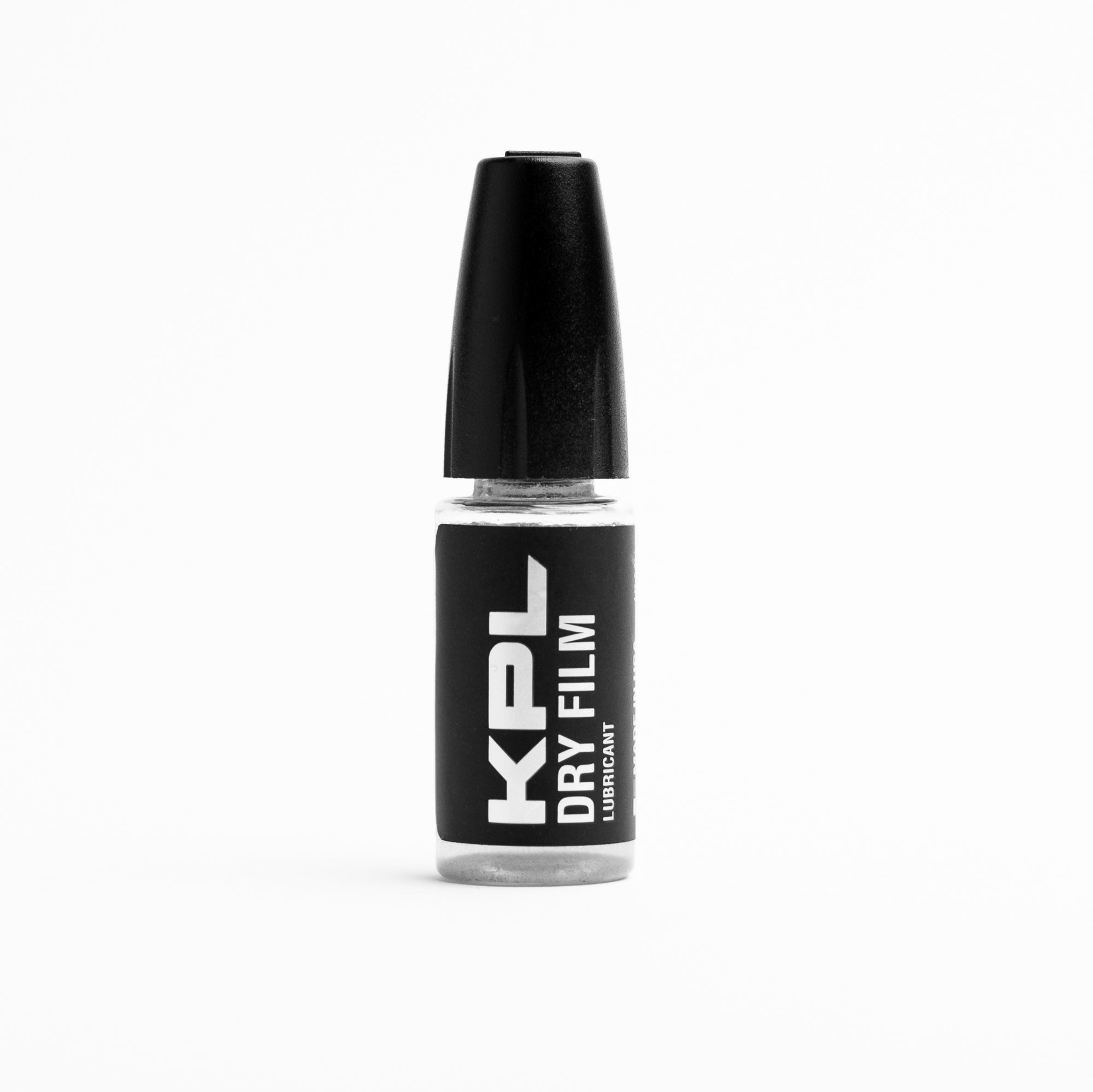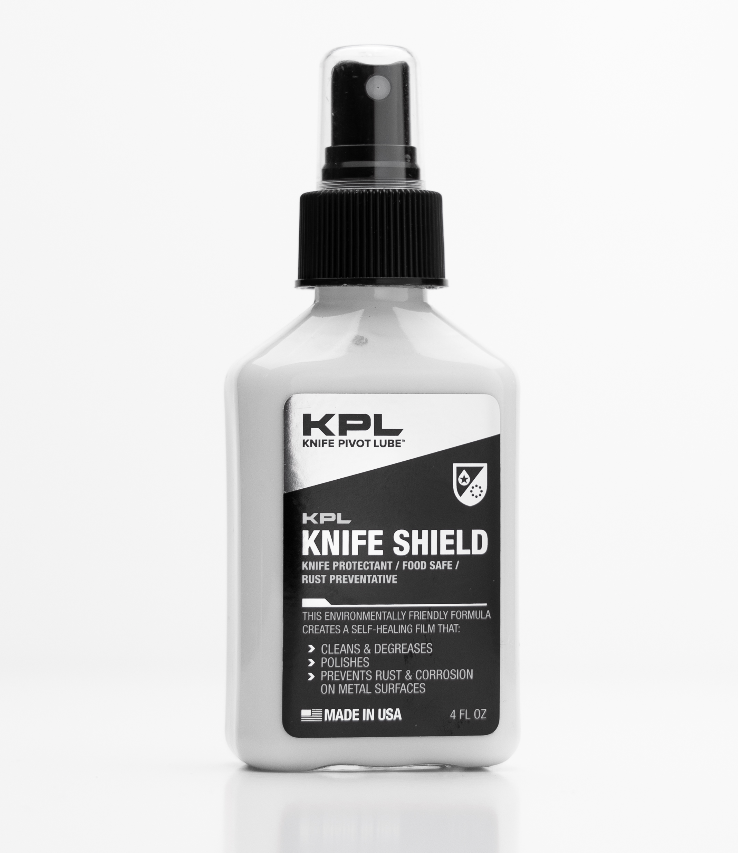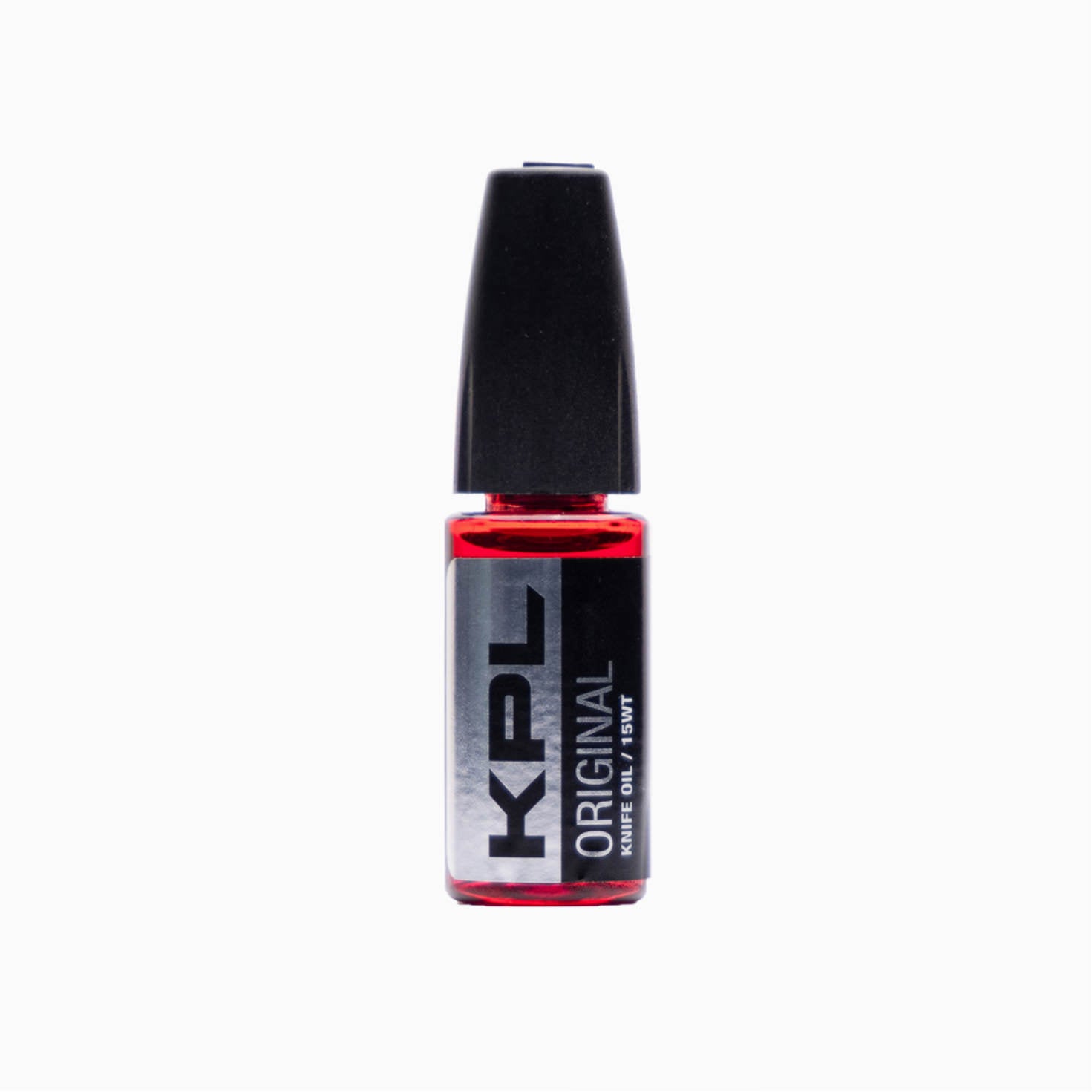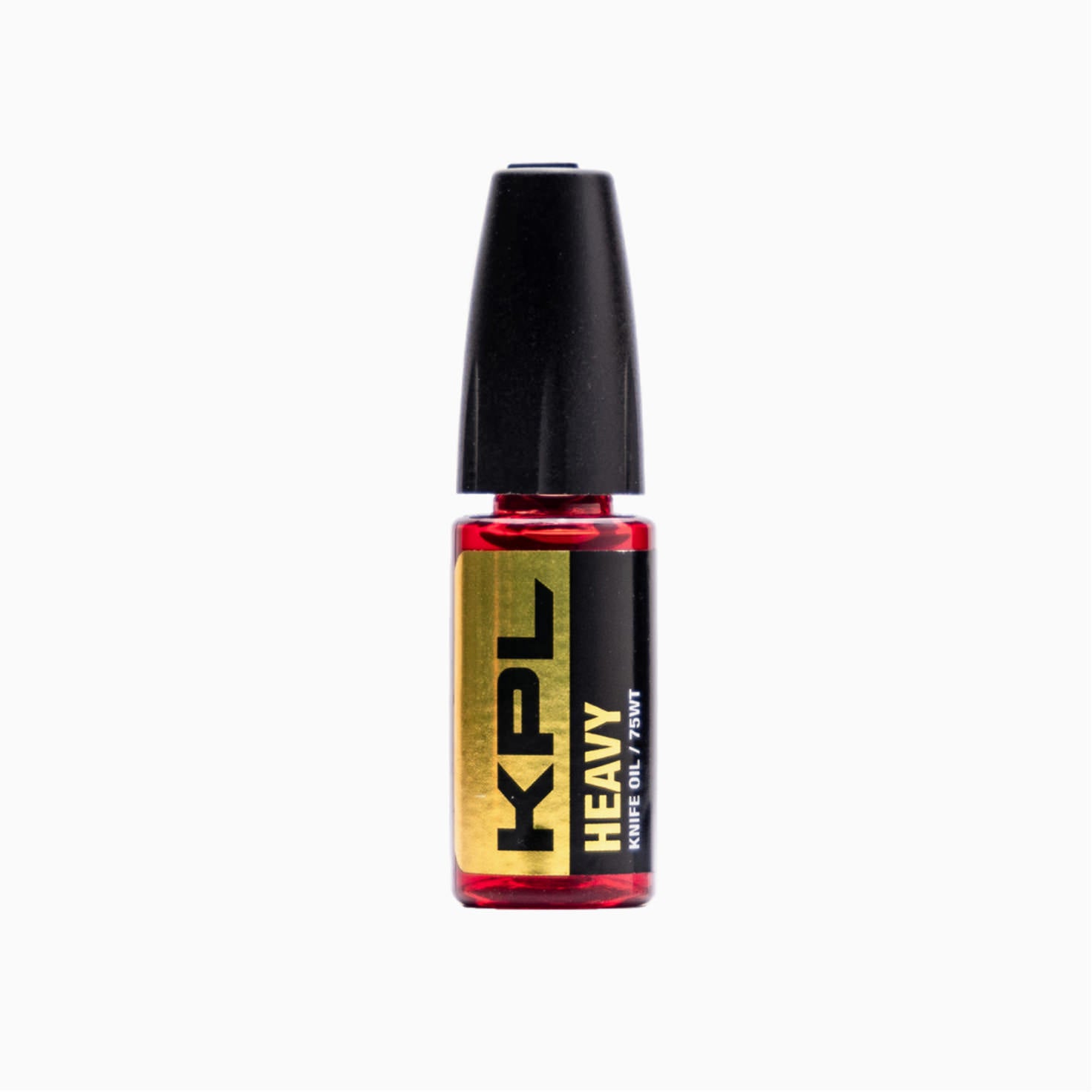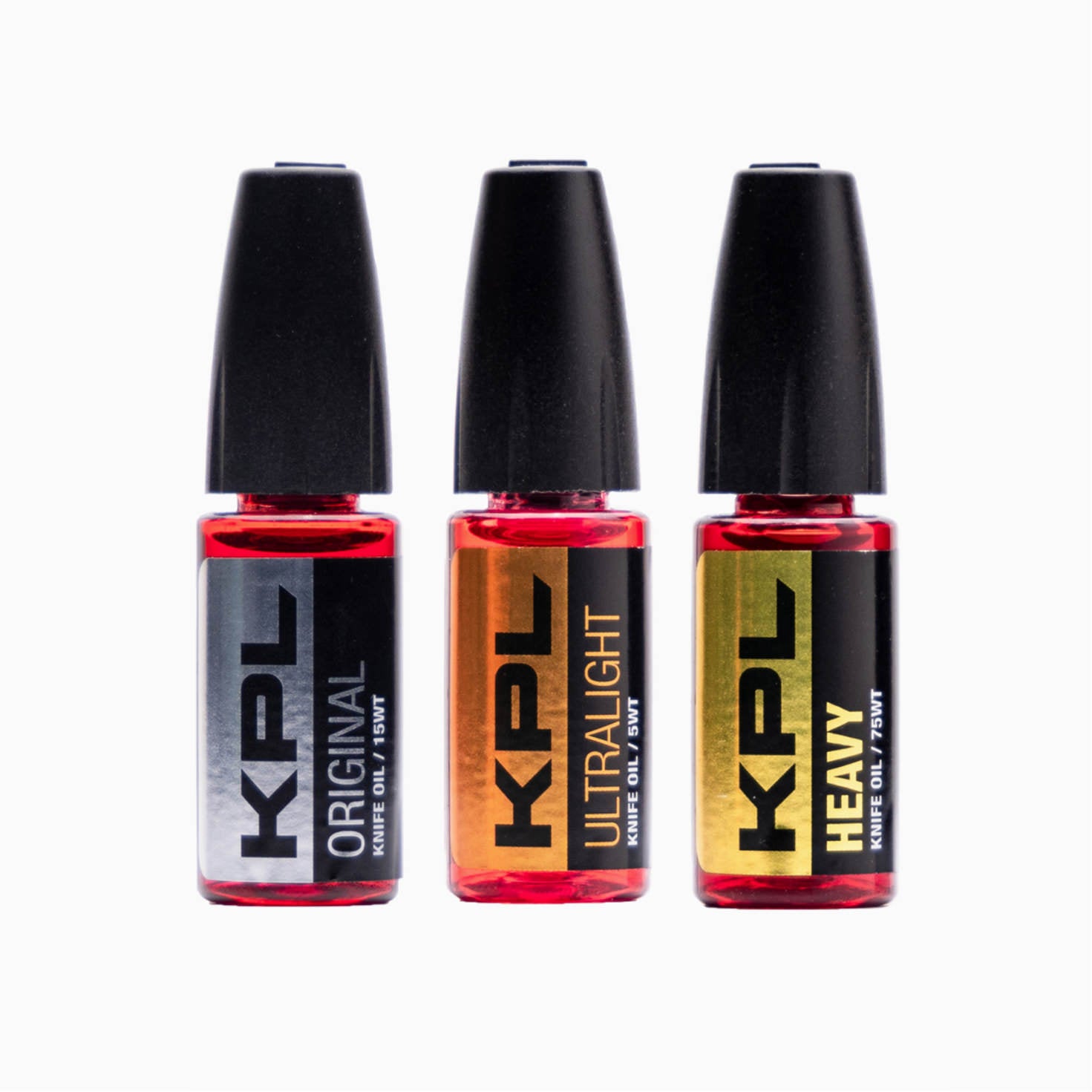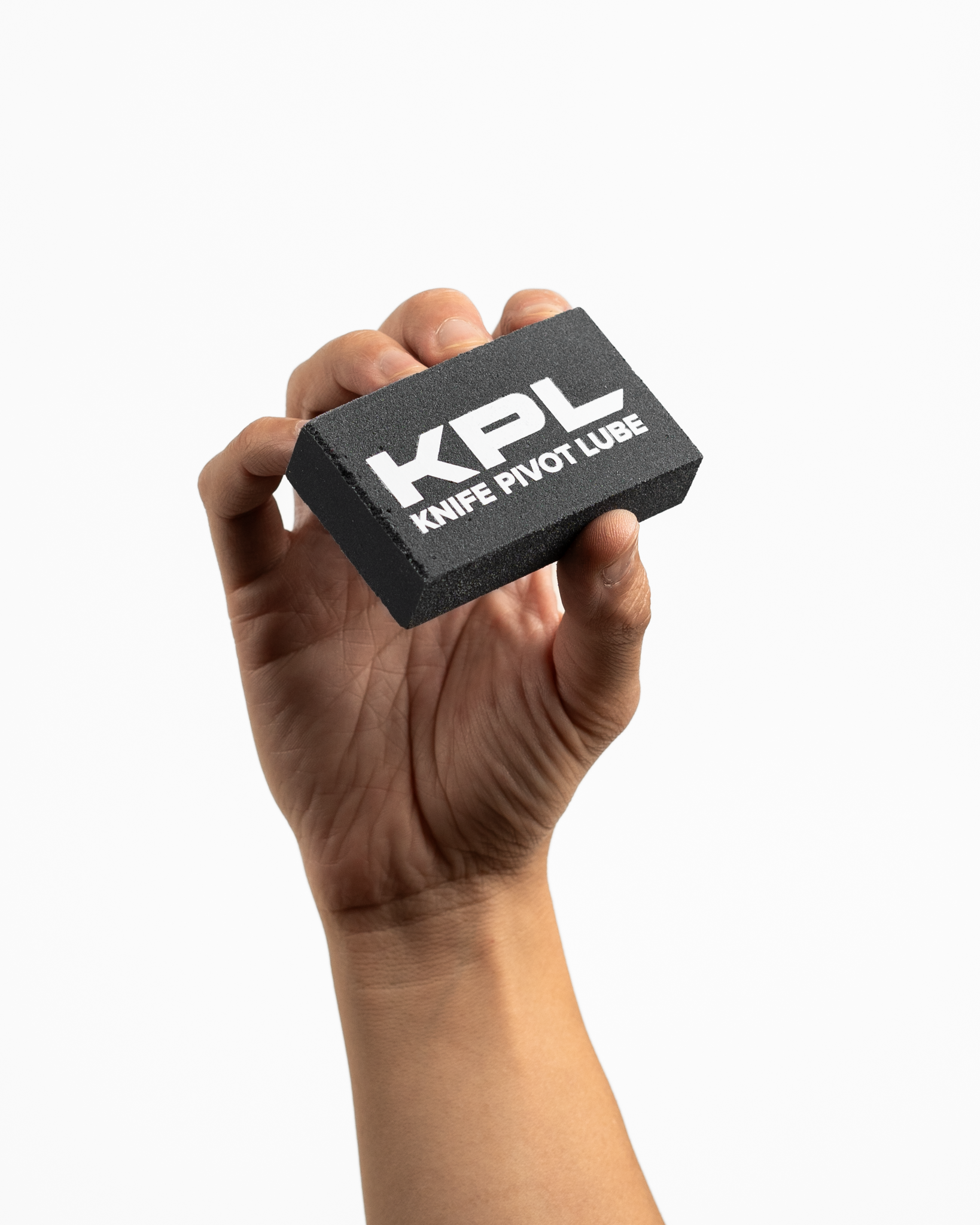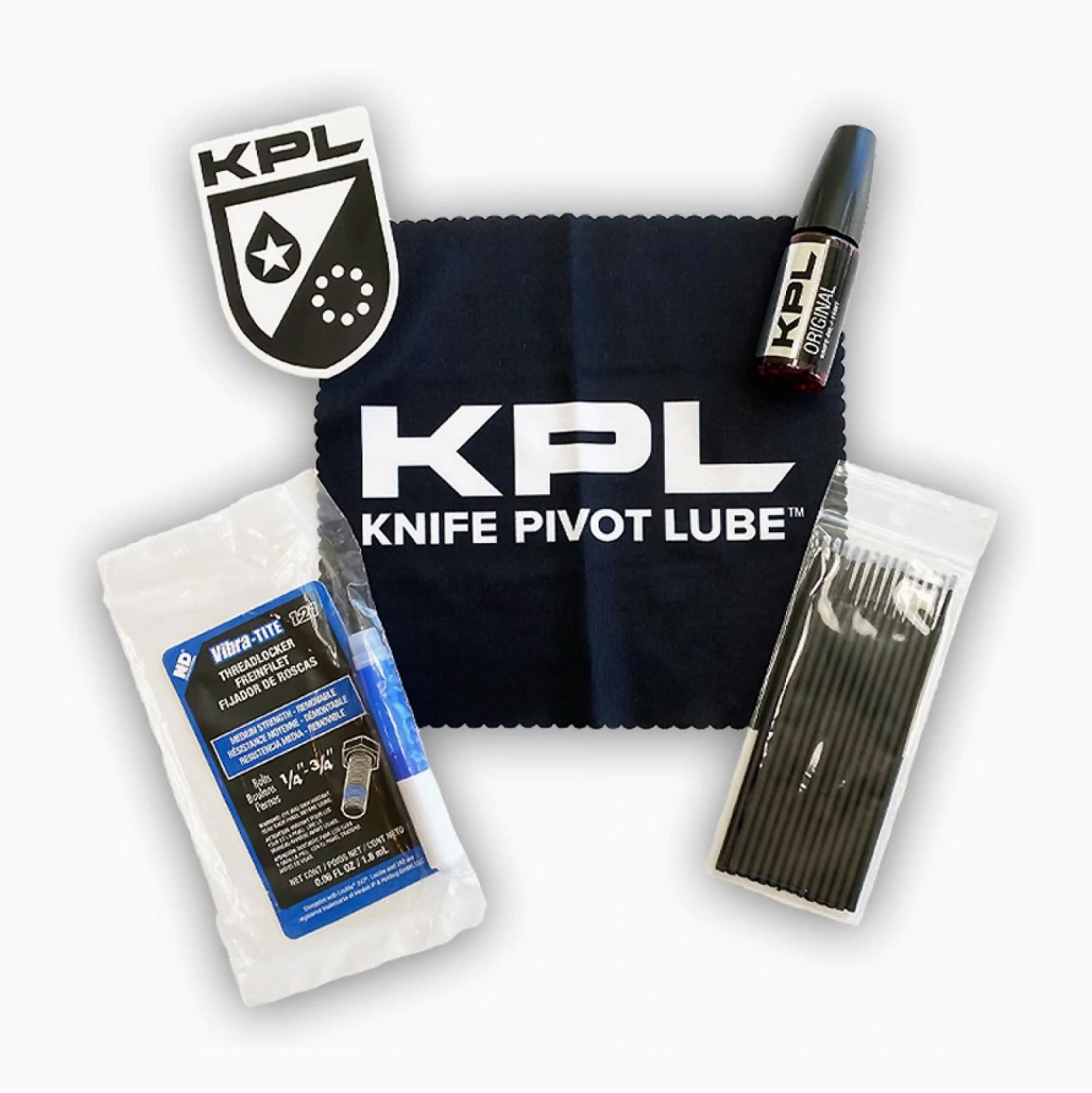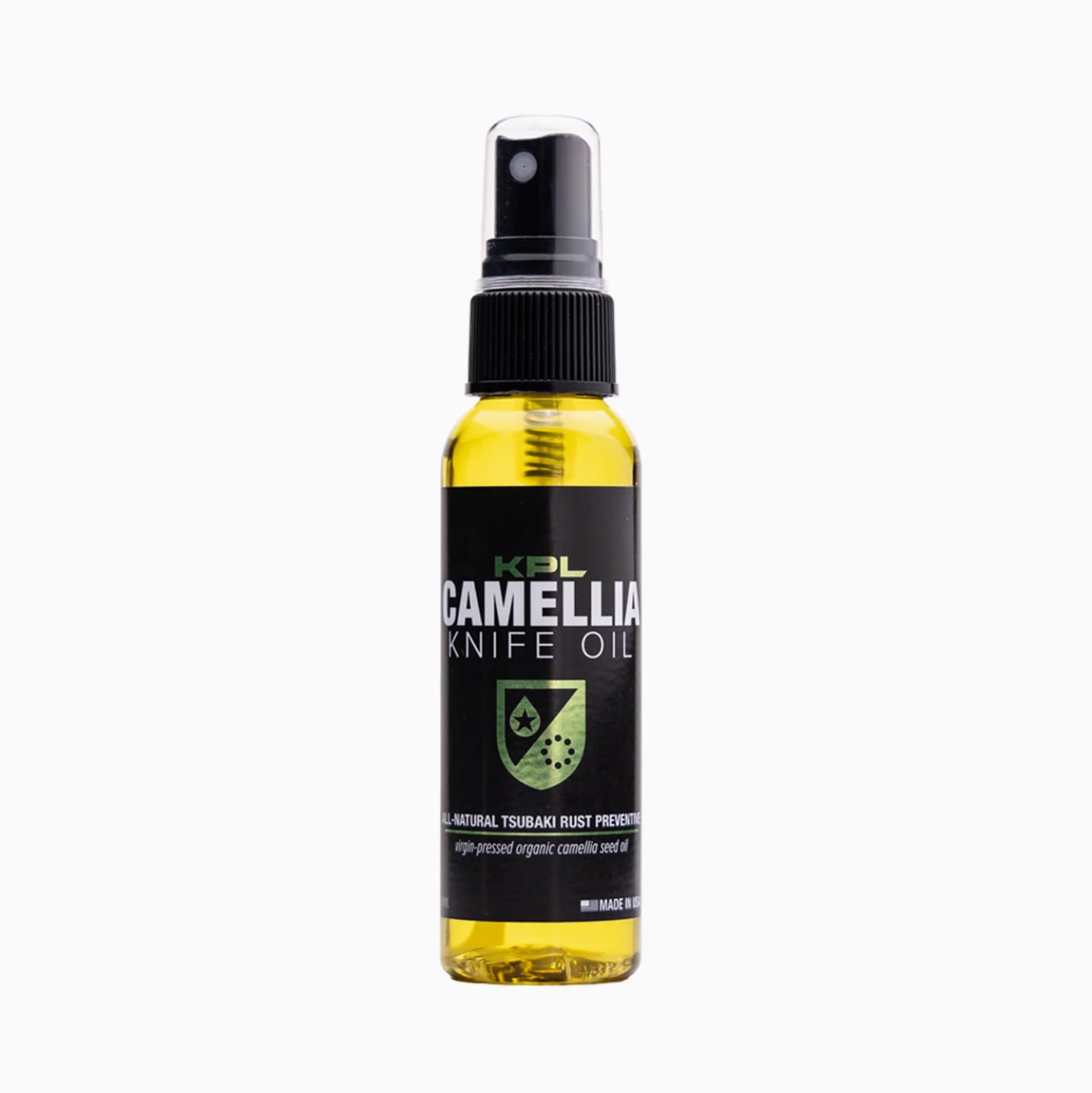When it comes to knife handle materials, there are a lot of options and many materials have values well beyond their aesthetic properties! With so many options it is sometimes hard to narrow down what the best handle material is for our needs, but KPL has you covered and we are putting together guides to help you find the perfect handle material for you! In This week's guide we will be looking at some of the most common synthetic handle materials and the benefits they have for us.
Synthetic handle materials are man made materials that can sometimes contain natural elements. The benefit to using synthetics often comes in the form of customization capability, particularly with colors and textures, but many of these materials are also incredibly durable to ensure years of use!
G10

G10 is one of the most common synthetic handle materials available and for very good reason, It is very durable being both impact resistant and heat resistant. Chances are it will look brand new for many years! It is available in many colors, takes textures well, and is relatively easy to machine and hand grind.
G10 is a composite material made from layers of fiberglass soaked cloth and resin which is then put through a process of heat and pressure. It has a plastic like look and feel but is far tougher than many other handle materials. This plastic like appearance and texture often lead to the belief that G10 is a cheap material, however it is often more expensive then other synthetic materials.
Micarta

Micarta is very similar to G10 and is made by layering materials such as linen, canvas, or burlap in epoxy and then having the application of heat and pressure. While this lacks the fiber glass found in G10 it is still a strong material. Because of the use of rougher fabrics Micarta tens to have a bit of a textured feel without having to apply any texture.
Micarta is available in a variety of colors and can take on some awesome textured appearances based on what type of fabric is used in the manufacturing process. While not as tough as G10 it has a less “plastic” look and feel often leading to the belief it is a more premium material when in reality it is often less expensive to manufacture and purchase Micarta when compared to G10.
Carbon Fiber Laminates

Carbon fiber laminates are made in a similar way to both Micarta and G10, but instead fabric layers of carbon fiber strands are used. The resulting material creates a somewhat reflective handle material that is traditionally seen in a weave pattern, but more recently we have seen fat carbon and shred carbon laminates. While aesthetically pleasing, carbon fiber scales are more brittle than other laminates and cost much more to produce. The higher cost and increase in difficulty to work with often results in premium pricing on knives with carbon fiber handles.
Stabilized Wood

Stabilized wood is interesting as it combines a natural wood material and impregnates it with epoxy. This helps maintain the natural look of wood handle scales and reduces some of the down sides of natural wood by increasing its durability and reducing warping. Stabilized woods can be found using many natural wood types and it is also common to see dyed stabilized woods resulting in some really cool patterns.
While stabilized woods are tougher than most standard woods they lack the durability found in Micarta and G10. They also tend to have a bit of a plastic look and feel due to the epoxy fill. While they are more water resistant when compared to regular wood, they can still be damaged and warped by exposure to water and very humid environments.
Ultem

Ultem is a high strength plastic that has a translucent yellow/orange color. While it was initially used in manufacturing as a heat resistant material it has recently become popular as handle material. Ultem is available in both standard plastic and glass filled nylon options (similar to G10). Ultem is often lighter and weight when compared to Micarta or G10, but is also less durable. Ultem can be prone to stress cracking and is more likely to suffer environmental damage when compared to other materials.
FRN
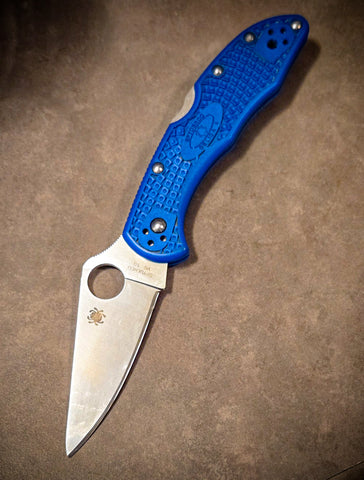
FRN is a fiber glass reinforced nylon material, essentially it is a very durable plastic. Unlike G10 it is not made in layers and handle scales are made through an injection molding process as opposed to being cut and shaped like other materials. This material is far less expensive when compared to the other materials on this list and is often found on more budget oriented knives. It is less durable than any of the layered materials, but is a great option for EDC knives and can hold up to years of moderate use.
Resin/Plastic

Resins and plastics are used in many knives and go under a ton of different brand names. They are often found in classic Swiss Army Knives and are sometimes seen in fixed blades. These resins offer the ability to customize colors and allow makers to put other objects into the handle scales. We have seen some wild options including glow in the dark fibers, sprinkles, coffee beans, gold dust, and even shredded dollar bills incorporated into resins. While resins may look amazing they are brittle and are prone to damage. These materials are better used in very light use knives or decorative pieces.

